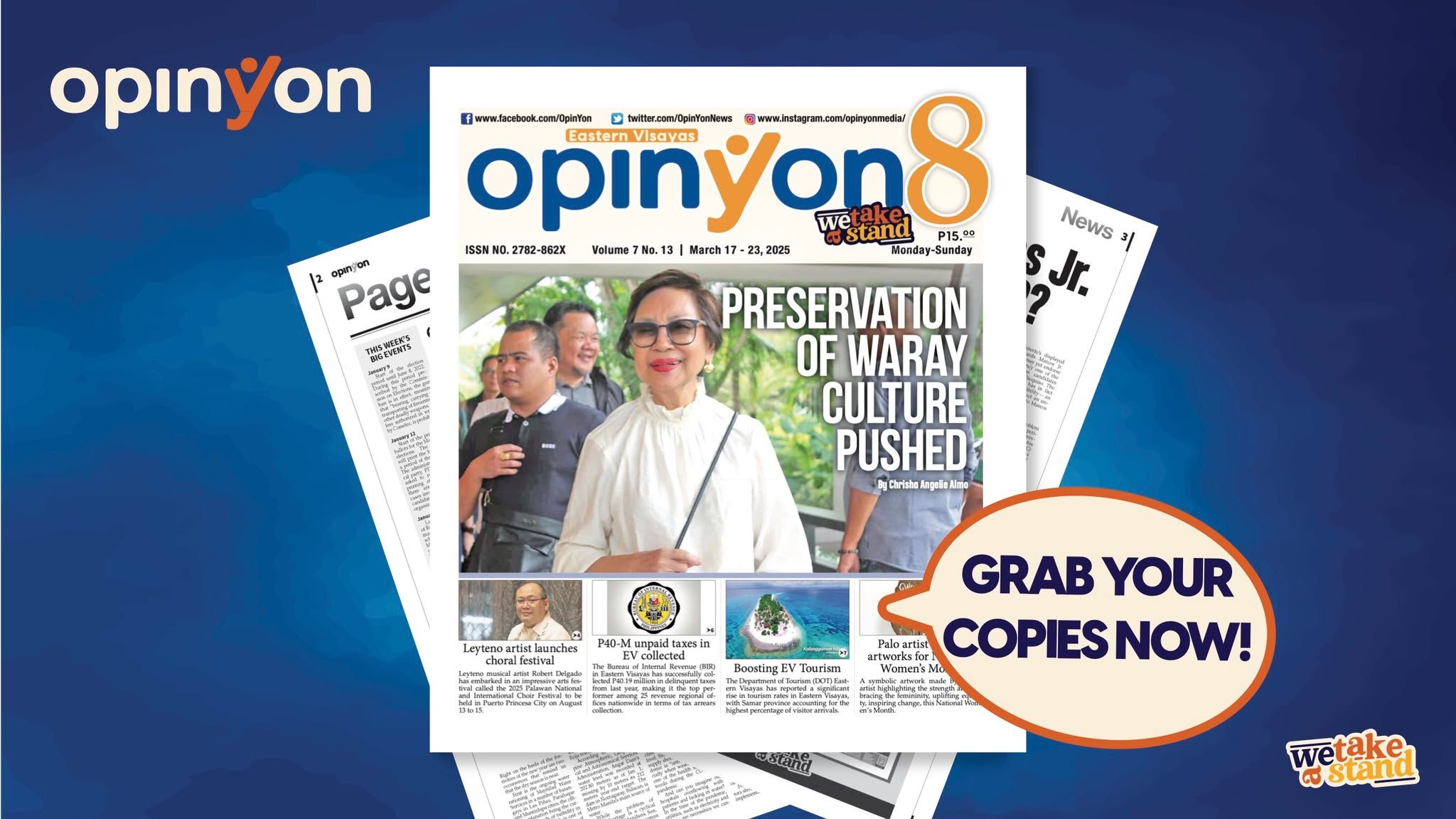The local culture in Leyte should be preserved, not forgotten. It is everywhere, often unnoticed. The Waray culture includes more than dancing the kuratsa or wearing clothes like barong and kimona; it also involves communication styles and body language.
In Palo, the program "Kultura ha Palo" aims to keep food culture alive. Many people today, especially the younger generation, may not be familiar with local dishes.
For instance, they might not recognize vegetables like 'lawot-lawot' and 'dagmay.' This program helps people remember and appreciate these unique foods. It teaches the community, especially the younger generation about traditional recipes and their histories. By doing this, it keeps food traditions alive and encourages young people to appreciate local foods.
This initiative also helps farmers to increase their earnings.
Big help to Farmers
Farmers play a fundamental role in food production and supply chains, providing essential resources for human consumption and economic development. Farmers and fisherfolk were among the most impoverished groups of workers in the Philippines, requiring support and an opportunity for their concerns to be acknowledged.
"Tulungan natin... hindi na'tin kailangan bigyan ng boses ang mga farmers, meron silang boses, tulungan natin sila, sumama tayo sa kanila,", John Sherwin Felix, founder of Lokalpedia stated.
Aside from restoring native foods, this initiative also empowers farmers to boost their income. In return, farmers are motivated to work harder, leading to increased crop production. More harvests mean more food can be prepared and served to the community, especially in Palo. The same goes for fishermen; when they deliver their catch to the market.
This strategy creates a win-win situation for farmers, fishermen, and cooks, offering benefits to all involved—more income for the farmers and more food to be served to the public. Moreover, students can also participate in producing vegetables. Mayor Petilla mentioned the 'gulayan sa paaralan' program implemented in schools, where students, along with their parents and teachers, plant vegetables and can harvest them at the end of the school year.
Food offerings in Palo
Every town and city has special foods that make it unique, and many people connect certain dishes with their hometowns. For instance, when you hear "binagol," you might immediately think of Dagami, a place known for this delicious treat. Similarly, if someone mentions Barugo, many will think of its famous “tuba”, a local drink celebrated for its great taste and quality.
In Palo, a dish called "lawot-lawot" is very popular among the locals. “I’ve never tasted lawot-lawot until I got married and instilled in Palo”, Palo Mayor Matin Petilla stated. Another dish that people in Palo look forward to, especially during Holy Week, is "mola-bola."
"Arasip," is also a pride for the residents of Palo.
Food often serves as the identity of a locale. However, is it more beneficial if we allow our food to reach different areas? Isn't it something to take pride in when our local dishes gain recognition and admiration outside of their origin? Food should not have borders; food is meant to be shared.
An Pagpadayon
The Kultura han Pagkaon ha Palo: PAGPADAYON was an engaging learning conference that celebrated the rich culinary traditions of Palo, Leyte, organized by the Local Government Unit and Mayor Remedios ‘Matin’ Petilla. This educational event spanned 5 days and featured a variety of speakers including Ige Ramos, Abegael U. Gagarin, John Sherwin Felix, Reena Gamboa, Chaef Mark Sabayan, Tey Lopez, Kristia Reposar, Kiko Torno, Mabi David, Chef Lao, Nisha Alicer, Sven Romberg, and Liz Cojuangco.
The event was also attended by the other local food sectors, participants from different cooperatives, students and teachers from Palo National High School (NHS), along with other agencies and organizations.
#WeTakeAStand #OpinYon #OpinYonNews #OpinYonCoverStory #PreservationofWarayCulture #KulturahaPalo
